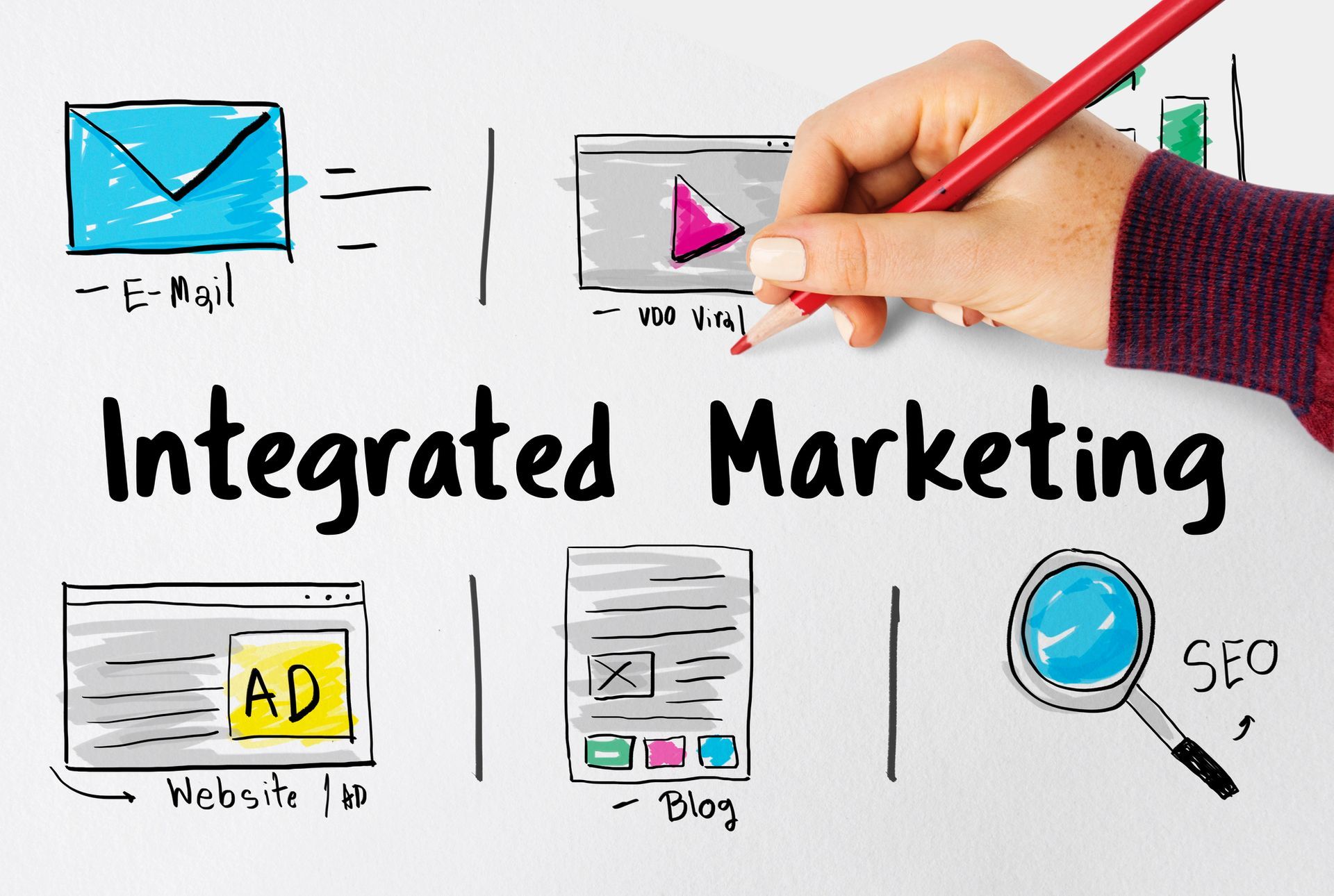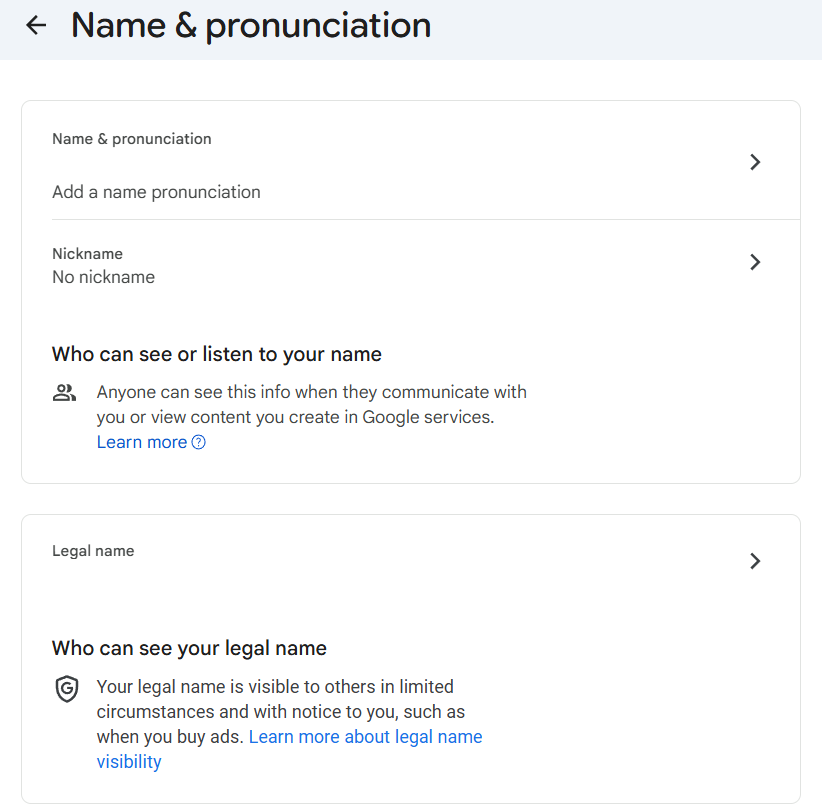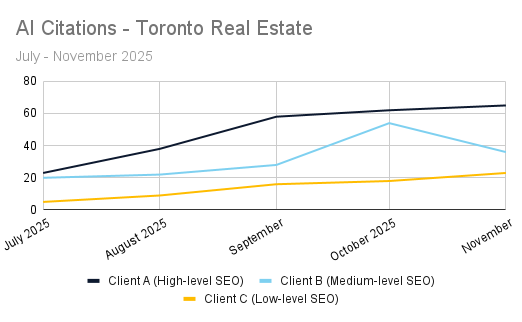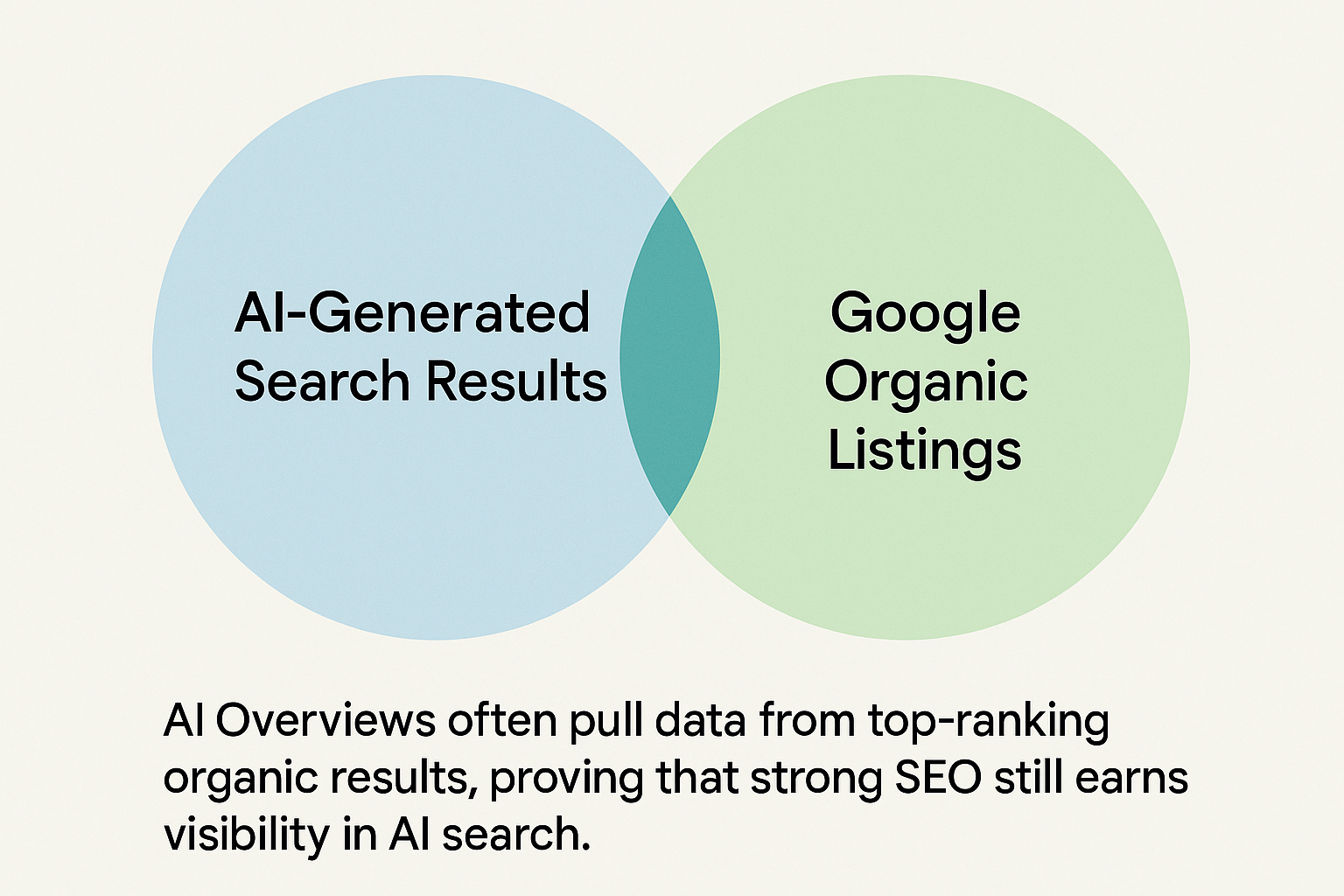What Is Integrated Marketing?
Integrated marketing is a strategic approach that ensures all marketing channels, such as advertising, PR, social media, email, and offline promotions, deliver a consistent, unified message and customer experience. It’s about bringing cohesion to branding so audiences receive the same narrative, tone, and visuals no matter where they engage.

Why It Matters
- Boosts campaign performance: Brands using integrated tech are 1.5 times more likely to outperform on campaign metrics.
- Enhances customer experience: Consistency builds trust and helps recognition across touchpoints.
Integrated vs. Multichannel vs. Omnichannel
- Integrated Marketing: Focuses on unified messaging across every promotional tool.
- Multichannel Marketing: Uses several channels, but often without consistency.
- Omnichannel Marketing: Centers on a seamless customer journey; when layered with integrated messaging, it’s especially powerful.
How to Implement It
- Define your core message, look & feel.
- Use the same visuals, tone, and calls-to-action across all channels.
- Coordinate campaigns so ads, emails, social posts, etc., reinforce each other.
Quick Example
A retail brand might run a TV commercial featuring a unique tagline, use that tagline in social ads, email banners, landing pages, and in-store signage. All reinforcing the same campaign narrative.
FAQ
Q: Will integrated marketing work for small businesses?
A: Absolutely. Even small brands can align messaging across their website, social media, email newsletters, and local print materials for a bigger impact.
Q: What's the difference between integrated and omnichannel?
A: Integrated is about consistent messaging; omnichannel is about delivering seamless experiences. Together, they reinforce both message and journey.







